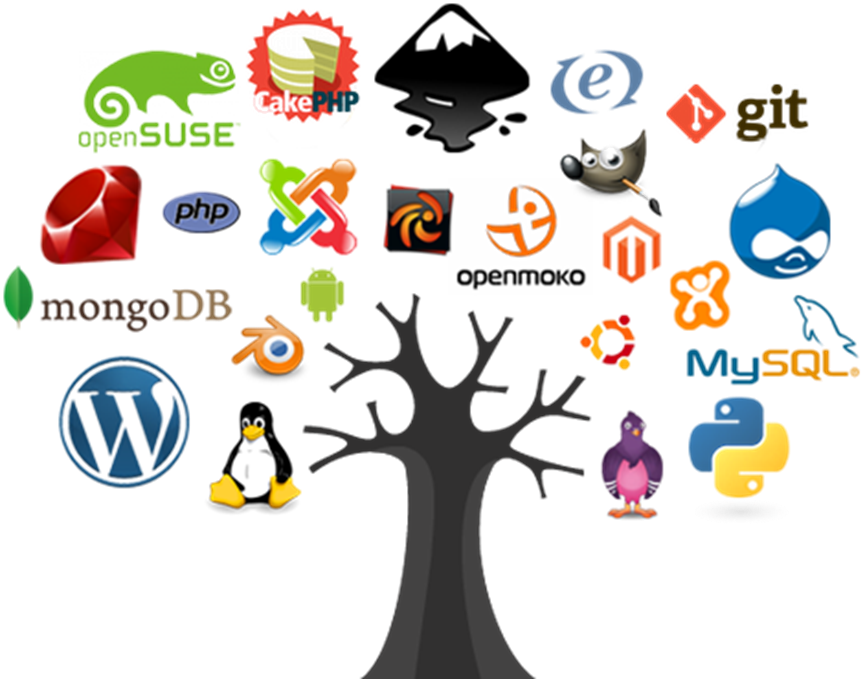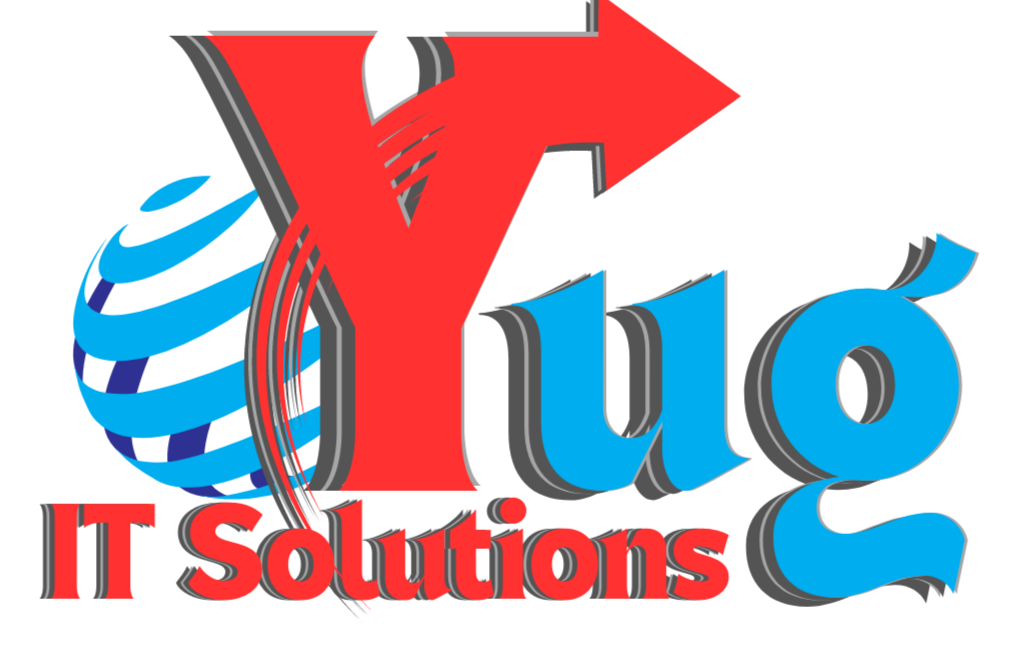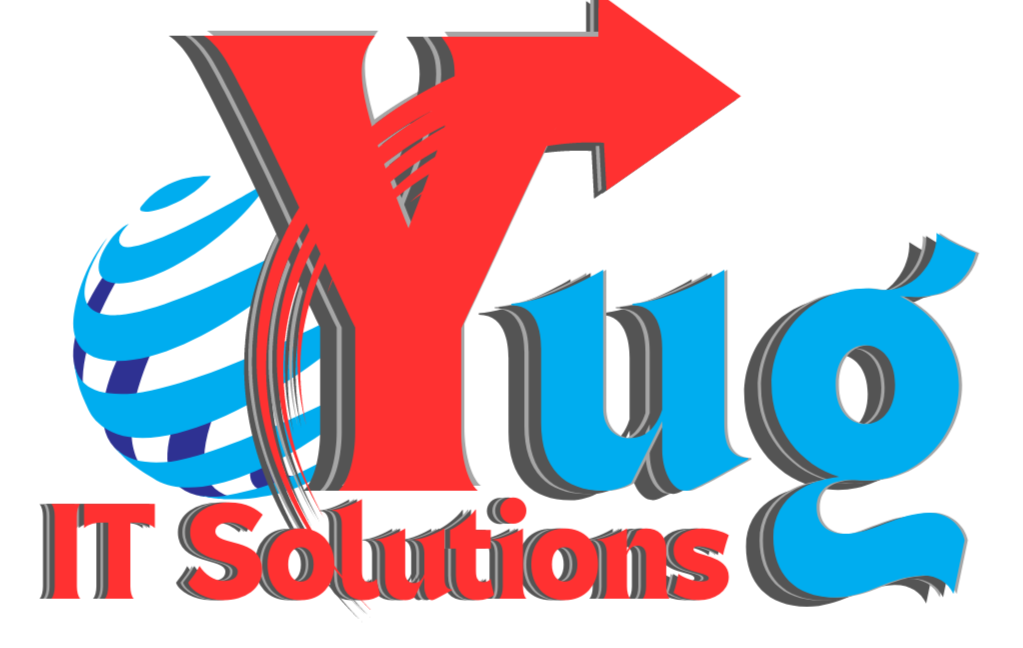
OPEN SOURCE
Yug it Solutions as quality Offshore Development Center (ODC) offers an extent of committed Open Source Software Development aptitude to be specific PHP/MySQL, Ruby on Rails (RoR), AJAX, Joomla, WordPress and Drupal with quality software engineers, designers and coders for customers spread over the globe.
We assemble and keep up a network of clients and supporters of make a fruitful open source development venture. Our point is to giving the highest caliber of open source development administrations in each part of development. We put accentuation on not just conveying excellent open source solutions like PHP application development, Joomla development administrations, WordPress development, Drupal solutions yet additionally building up a drawn out relationship with customers.
Yug It Solutions as quality Offshore Development Center (ODC) offers an extent of committed Open Source Software Development aptitude to be specific PHP/MySQL, Ruby on Rails (RoR), AJAX, Joomla, WordPress and Drupal with quality software engineers, designers and coders for customers spread over the globe.
We assemble and keep up a network of clients and supporters of make a fruitful open source development venture. Our point is to giving the highest caliber of open source development administrations in each part of development. We put accentuation on not just conveying excellent open source solutions like PHP application development, Joomla development administrations, WordPress development, Drupal solutions yet additionally building up a drawn out relationship with customers.
We offer our mastery in the underneath territories of open source development:
- Open Source Programming
- PHP
- CakePHP
- MySQL
- MongoDB
- SOLR
- Open Source CMS
- WordPress
- Drupal
- DotNetNuke
- Open Source E-Commerce Platforms
- Magento
- OsCommerce
How Enterprises Can Benefit with Open Source
No vendor lock in – As opposed to proprietary software, there is no vendor lock in with OSS. Enterprise customers do not need to pay a perpetual or subscription license fee to a vendor, and are free to experiment, adopt and replace an open-source software at will. This is a significant consideration for a company, since any inertia to upgrade a part of its technology stack could end up with dire consequences.
Community of developers – A nice side effect of OSS is that any successful project has a thriving community of developers contributing to it. Enterprise companies would never struggle finding the right talent when adopting such technology. As an example, NodeJS, a popular open-source web server, has millions of developers around the world proficient in building large scalable applications on it.
Microsoft, which has traditionally been a closed source proprietary company, has now decided to open source its main server technology, called .NET core. That is a 180 degree change for a company whose CEO, Steve Ballmer, called Linux “a cancer” in 2001. Microsoft now has wide support to run Linux on its own Azure public cloud. And that’s not all: the tech giant bought the largest open-source collaboration platform GitHub in 2018 for $7.5B. That’s a very small price to pay for the largest community of developers on the planet.
- Secure software – Enterprises view OSS as more secure – and so they should. Since the code is available for everyone to see and scrutinize, so are the vulnerabilities. Once a vulnerability has been reported, the entire army of developers work together to quickly resolve it. This is different from proprietary software where just like the code, the vulnerabilities are a secret too. The transparency and community that open-source projects leverage, makes them way more credible than their closed source counterparts.
Open-Source Software in Action
While the foundations of the open-source movement were rooted in altruism and to a certain degree to “stick it to the man”, there are now established and proven models to fully commercialize open-source software and communities. In the last three decades, approximately 200 companies were founded with an open-source core, and these companies have raised more than $10B in capital going on to even larger mergers and acquisitions.
Support and Services – Redhat and MySQL were the first companies to offer paid support and services for their free software. This was the most basic way to monetize free software and worked very well for these companies. MySQL was acquired by Sun (which was later acquired by Oracle) for $1B. Redhat was acquired by IBM most recently for $34B.
Open Core – As the name suggests this is a freemium model where the core of your software is offered for free for anyone to use but where certain value-added features are kept proprietary and sold as add-ons. These add-ons are usually enterprise grade features such as added security, integrations (like Single Sign On) and other ‘nice to have’ features. ERPNext, a free and open-source integrated Enterprise Resource Planning software used by manufacturers, distributors and services companies is a great example.
SaaS – This has become ubiquitous over the last decade where companies offer the same OS software as a hosted cloud offering. This takes the pain away from developers on the effort involved in hosting the software in a secure and scalable environment. It also lets developers quickly experiment with cutting edge services and allows them to go to market quicker. Companies like Confluent (Kafka) and Elastic (Elasticsearch) are good examples following this model.




